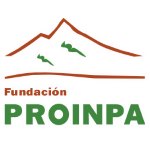Integrated Crop Management Strategies
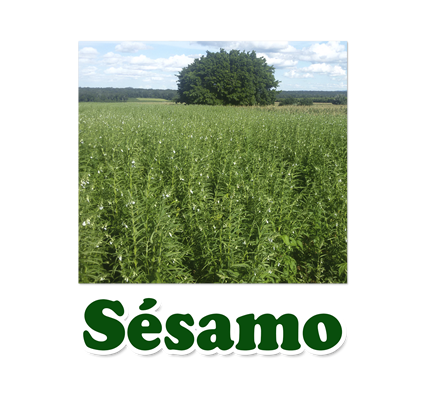
The SESAME (Sesamum indicum L.) in Bolivia is cultivated by some 5,000 families of producers, reaching more than 17,000 hectares. Much of the sesame produced in Bolivia is exported, the market is growing as organic sesame. In this context, PROINPA in coordination with the Bolivian Chamber of Sesame Exporters (CABEXSE) developed a strategy for organic sesame production that allows access to these high-value markets.
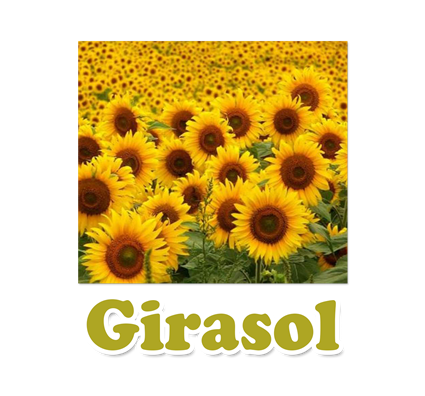
One of the diseases in the SUNFLOWER crop (Helianthus annuus L) of greater economic importance worldwide and also in Bolivia is the rot of the sunflower head caused by the fungus Sclerotinia sclerotiorum. In Santa Cruz, the severity of the attack of rot caused by sclerotiniosis has caused many producers to abandon the cultivation of sunflowers. Climatic conditions are determinant for the incidence and severity of the pathogen, which is why producers try different planting times to escape the disease. On the other hand, chemical products do not have the desired effectiveness, for various reasons, among them is that the fungus has a sexual phase that allows it to genetically recombine, adapting to new conditions and generating strains resistant to chemicals.
To control the disease, PROINPA proposes a management strategy that considers the biological cycle of the fungus, understanding the asexual and sexual phase of the fungus, and the use of biocontrol agents (fungi and bacteria) that are applied at specific times. depending on the prevailing weather conditions.
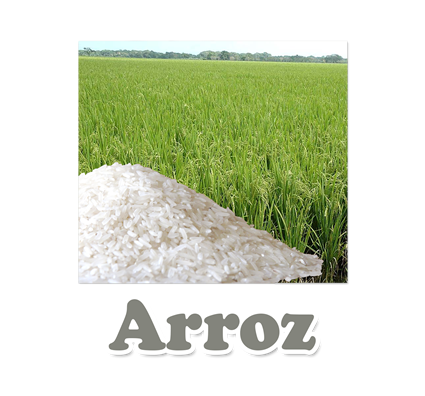
One of the factors that seriously limits the yields and quality of the RICE It is the attack of diseases, which are caused by a number of microorganisms: fungi, bacteria and viruses. This has been exacerbated by the appearance of new very aggressive diseases.
Given this situation, PROINPA proposes to address the incidence of diseases through the use of biocontrol bacteria, which present various mechanisms of action, which makes them have effective control over the full range of pathogens that affect rice crops, which are reflected in plants. more vigorous, better health, better quality grains, increased yields and reduced use of fungicides.
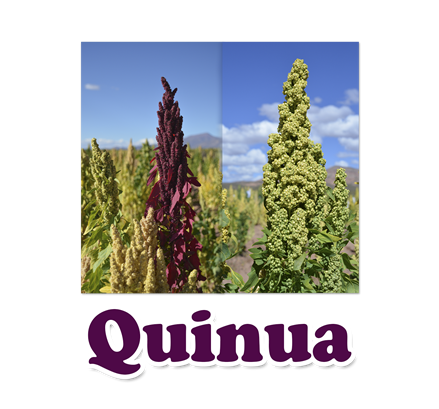
Control Strategy: Ticona Complex and Quinoa Moth
The Ticona (Alma Kepis) and Moth (Pilipintos) complex are the most damaging pests for quinoa cultivation. They cause losses of 30 % in performance.
To combat these pests, it is important to know how they live (Life Cycle).
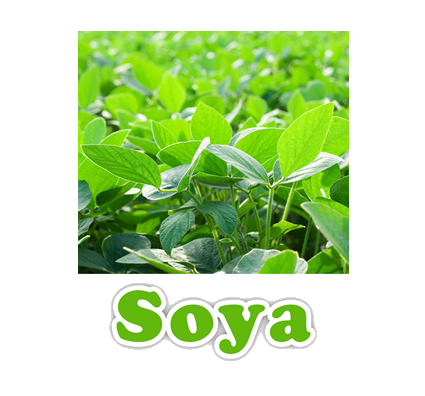
STRATEGY FOR MANAGEMENT OF DISEASES AND PESTS IN SOYBEAN CULTIVATION
Soybean is the most important crop in Bolivia, however, one of the most serious limiting factors to increase productivity are root and foliar diseases. In recent years, Asian rust and end-of-cycle diseases have become more acute and are very aggressive, severely affecting the yield of soybean crops.
The presence of insect pests is another serious factor to increase production. Management with high use of broad-spectrum insecticides and lack of rotation of active ingredients generates resistance in some insects and the appearance of new insect pests. This use of insecticides also affects beneficial insects and natural controllers that are tending to disappear. To reverse this situation, it is necessary to increase the population of beneficial microorganisms, improving the balance of the microbial population, progressively restoring the soils and making them much more productive and sustainable.
It is important to develop disease and insect management strategies that can be implemented in extensive agriculture, which takes into account the efficient combination of cultural work, synthetic products and products based on microorganisms that Fundación PROINPA works with in its line. of Bioinputs.
Contact email: j.ciancas@proinpa.org
